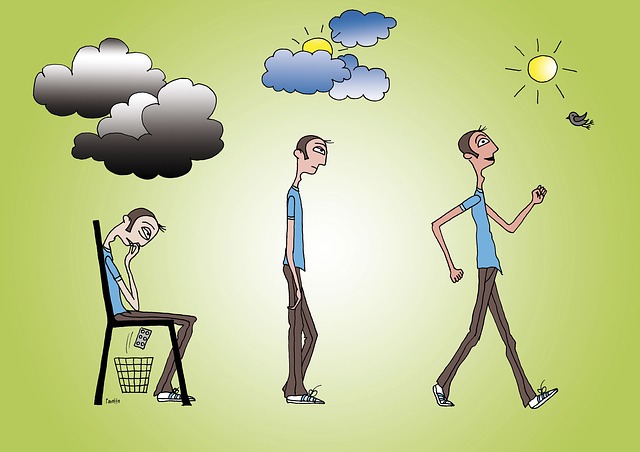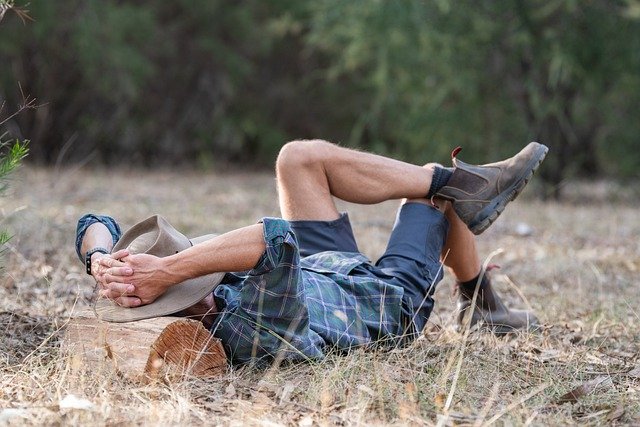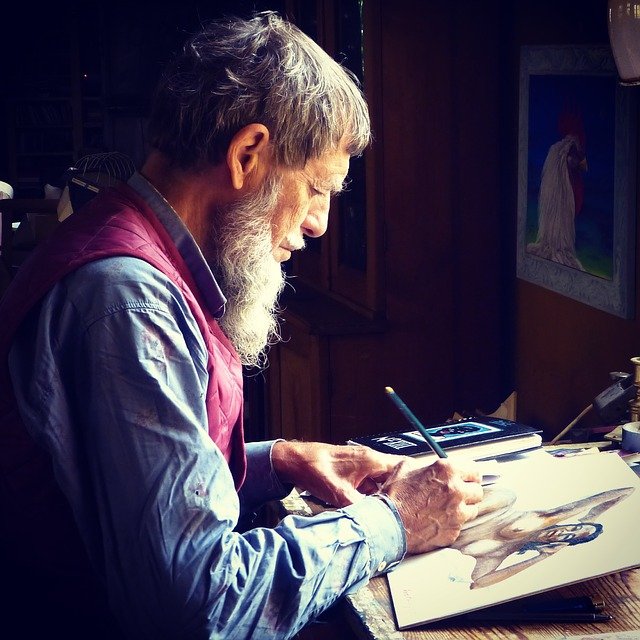Dr. Arielle Schwartz as the first presenter of the Rise Summit: Transforming Trauma demonstrated her wealth of experience as a clinical psychologist and deep insight into trauma recovery. She openly shared her own early experience of traumatic events that left her dissociated and disconnected. At the same time, Arielle provided hope for recovery as she addressed her chosen topic, Trauma and Resilience. She drew on her clinical and consulting experiences through the Center for Resilience Informed Therapy where she provides an “integrated mind-body approach to trauma recovery”, informed by research on resilience. Arielle’s presentation was so rich that you felt the need to listen to it again to glean more of the insights she offers from her personal and professional experience.
Developing resilience: an integrated approach to trauma recovery
In an interview for New Snow Enterprises, Arielle explains that resilience is “the process of adapting well in the face of trauma” or any adverse life events. She also highlighted the fact that her strengths-based approach to therapy draws on, and reinforces, the research on post-traumatic growth which demonstrates that people who recover from trauma can become more of themselves, growing in confidence and capability – the opposite of the immediate effects of experiencing trauma.
In her eclectic approach, Arielle draws on neuropsychotherapy which combines the concepts and practices of psychotherapy with the insights from neuroscience. Not only does it acknowledge the mind-body connection but the relationship of this connection to environment, well-being and social interaction. In a very real sense, it adopts a holistic approach to therapy.
This holistic approach is encapsulated in Arielle’s multi-faceted process of facilitating trauma recovery which includes:
- Exploring family history: this involves identifying adverse childhood experiences, the passing on of intergenerational trauma and the resources and strengths gained through family interactions. Arielle contends that identifying these elements of the “family legacy” underpins resilience.
- Eye Movement Desensitization and Reprocessing (EMDR) – Arielle is a qualified practitioner in the use of this therapy and provides a case study on her website to illustrate successful use of this approach in the case of a person traumatised by date rape. The approach involves lateral eye movement that engages both sides of the brain in reprocessing a traumatic event and identifying the links to present-day reactions to triggering events. The process requires skilful manipulation of re-exposure to traumatic events in short bursts that enable the traumatised person to manage their emotions. It also builds associations with positive adaptive techniques that the individual uses to manage stressors in daily life. The net result is to reduce the impact of triggers, widen the window of tolerance, and build emotional resilience.
- Somatic psychology – exploring the mind, body and behaviour through body awareness (in contrast to thinking-focused “talk therapies”). Arielle provides a detailed description of somatic therapy that she employs in helping her clients recover from trauma. She explains among other things how somatic therapy enables grounding, builds awareness of bodily sensations, helps to establish boundaries and to engage the innate calming and healing capacities of the body, especially through breath control. She explains that the process of oscillating between feeling distress in the body and feeling calmness and safety is in line with somatic experiencing developed by Peter Levine.
- Mind-body therapies – these include mindfulness practices and therapeutic yoga. Arielle details a process she describes as Mind-Body Therapies for Vagal Nerves Disorders and explains how the vagal nerve impacts our sleep, digestion and level of calmness in our body. She contends that these mind-body therapies can reduce inflammation and other physical illnesses and help with a range of disorders including depression and anxiety. Arielle explains too that these therapies can involve a range of mindfulness practices incorporating movement (such as yoga and Tai Chi) as well as those involving stillness (such as relaxation and seated meditation). In her website explanation of mind-body therapies, she offers a 4-part mindfulness practice designed to “recover from vagus nerve disorders”. Arielle also provides a free e-book, Embodiment Strategies for Trauma Recovery, Emotional Health, and Physical Vitality, to anyone who subscribes to her email newsletters. This yogic approach to enhancing wellness is also available as a bonus gift for people participating in the Rise Summit: Transforming Trauma through the upgrade option.
The six Rs of neuropsychotherapy
During her presentation, Arielle described the 6 Rs of neuropsychotherapy embodied in her integrated approach to trauma recovery:
- Relationship – drawing on the concept of our being “wired for connection”, she reinforces the power of relationships in healing, including different forms of social support such as a therapist.
- Resourcing – revisiting positive states (such as calmness and sense of safety) and savouring moments of positivity, satisfaction and happiness.
- Repatterning – this involves establishing new patterns of movement so that established patterns (such as freezing in the face of perceived threat, e.g. someone touching you) are replaced by constructive responses, rather than triggered debilitating responses.
- Reprocessing – especially through the EMDR process described above. Arielle reinforces the power of this gentle, managed reprocessing of trauma as a way to train memory and build resilience in the face of triggers.
- Reflection – enables meaning making in relation to past events and habituated reactions to sights, sounds, smells, touch, taste or catalysing events. Mindfulness practices often involve reflection designed to facilitate this meaning making and emotional regulation.
- Resilience – developing a sense of freedom, understanding personal stimuli and behavioural response patterns, becoming more integrated and coherent and broadening adaptive capacities.
The six pillars of resilience
On her website, Arielle lists the six pillars of resilience that she has drawn from research:
- Growth Mindset
- Emotional Intelligence
- Community Connections
- Self-Expression
- Embodiment
- Choice and Control
She suggests that we can develop these by undertaking practices that “support you physically, emotionally, mentally, socially, and spiritually.” In the discussion with the Rise Summit creator and host, Nunaisi Ma, they identified practices to achieve this goal of self-support such as Tai Chi, yoga, singing (a favourite activity of Arielle), walking, meditation, mantra meditation, tapping, breathing exercises, body scan, touching (including self-touch), massage, dance and sighing. Nunaisi elaborates on embodied healing practices in her book, Rise: Transform Trauma into Sovereign Power, Soulful Purpose, and Sacred Purpose.
Reflection
Arielle contends that one of the main barriers to post-trauma growth is fear of the discomfort of dealing with the reality of the pain and suffering resulting from the experience of trauma. Often people attempt to numb the pain through emotional eating or addiction to drugs or alcohol. Forced solutions do not work because they take away agency (sense of control) from the individual involved. Arielle’s approach is consistent with the core tenet expressed by the GROW podcast series that “You alone can do it, but you can’t do it alone”.
Her multi-model approach also aligns with the approach adopted by trauma recovery expert, Bessel van der Kolk, who is the author of The Body Keeps the Score: Mind, brain and body in the transformation of trauma. Bessel too encourages the use of controlled breathing, movement modalities, mindfulness practices, singing and chanting.
Arielle offers numerous resources through her blog and through her book, The Post-Traumatic Growth Guidebook : Practical Mind-Body Tools to Heal Trauma, Foster Resilience and Awaken Your Potential.
As we grow in mindfulness through somatic meditation, mantra meditations, Tai Chi or Yoga, we can gain the courage and energy to seek the necessary support for post-trauma recovery. Sometimes, this may only involve building social relationships with people who provide “unconditional positive regard”; at other times, therapy may be needed to supplement these relationships.
____________________________
Image by Stephanie Ghesquier from Pixabay
By Ron Passfield – Copyright (Creative Commons license, Attribution–Non Commercial–No Derivatives)
Disclosure: If you purchase a product through this site, I may earn a commission which will help to pay for the site, the associated Meetup group, and the resources to support the blog.









